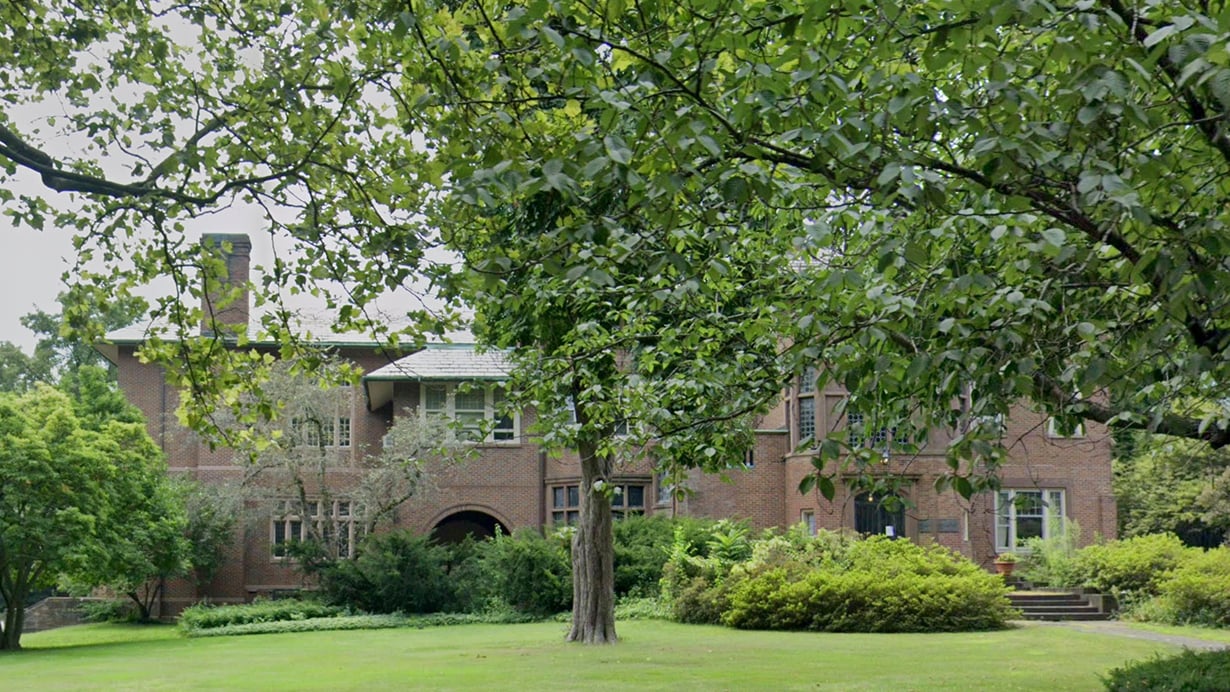The Rochester Regional Health Archives serves as the institutional memory of Rochester Regional Health.
The Archives collects, preserves, and shares the history of the hospitals, schools of nursing, and affiliates that comprise the system.
Located at the Rochester Academy of Medicine (1441 East Avenue), the Archives was founded in 1947 as part of Rochester General Hospital’s Centennial celebrations and focused on the history of RGH. As Rochester Regional Health developed through the 1990s and early 2000s, the Archives also grew and adapted, expanding our collecting and preservation to reflect the system as a whole.
Hours
Business Hours: Monday - Friday: 9:00 am - 5:00pm.
Special tours by appointment.
Gallery Hours: Monday - Friday 10:00am - 4:00pm
Location
Rochester Academy of Medicine
Rochester Regional Health Archives
1441 East Avenue
Rochester, New York 14610
Contact
Phone: (585) 922-1847
Fax: (585) 922-0018
Email: archives@rochesterregional.org
Membership to the Archives
The Friends of the Archives is now the combined membership society for all the collections held in the archives. All funds received help to offset the cost of maintaining of all the collections and general operating funds for the museum and archives.
Visitor Guidelines
The Rochester Medical Museum and Archives (RMMA) will grant anyone with legitimate research goals equal access to the collections on a bona fide need-to-know basis. The Curator determines and establishes legitimate research goals. The Curator will require a written Research Request be submitted, stating which objects and materials are to be examined, the method of examination, and the reasons for examination. The Curator may restrict access of the records to examination of the catalog description with the donor, value and location information removed. Moreover, the Curator may limit access to the collection to specified methods of examination and to certain times.
Restrictions include a 75 year rule on non-public personal information about staff, nursing school graduates, employees and patients. RMMA does not collect patient records. Other records which would be of such nature that their disclosure would constitute an invasion of personal privacy, a violation of patient confidentiality, or which might reasonably be expected to prove harmful or compromise the hospital may be closed for more than 20 years at the discretion of the Governing Committee, or the issuing department.
REPRODUCTION OF PHOTOS FOR PRIVATE USE:
No original prints will be loaned except for in-house publication and no copy negative is available. All photo copy work will be done by the RMMA staff. RMMA retains ownership of all copy negatives.
Requests for photographs for private use:
Persons or institutions wishing photographic reproductions of materials in the repository collections should apply in writing either by letter or Research Request stating reasons and how the photograph is to be used.
Billing for reproductions and services will be done through RMMA.
All photographs for publication should have the following credit line appearing with photo:
Courtesy of the (governing collection ) ( i.e. Baker-Cederberg Museum and Archives of the Rochester General Hospital)
or as appropriate:
Reproduced from the collections of (The Genesee Hospital School of Nursing) of the Rochester Medical Museum and Archives.
1) A written Research Request is required for access to the collections. The request should state which objects or materials are needed and the purpose of the research.
2) Museum and Archives staff will retrieve all materials and reshelf them. Users are not admitted to stacks.
3) Only #2 pencils may be used for note taking.
4) Do not mark on archival materials or photographs.
5) Do not remove materials from user area.
6) Do not change organization of files, see curator for questions.
7) Photo copying is at the discretion of the Curator.
8) Report any damage to the Curator immediately.
9) Any materials used in reports or publications should cite the Museum and Archives:
From the Baker-Cederberg Museum and Archives Collections, Record Group ____
(date and type of instrument - e.g. letter, minute book etc.)
or
From the Nursing School Alumni Collection of the Baker-Cederberg Museum and Archives, Record Group ____
(date and type of instrument - eg. letter, minute book etc.)
or
From the special collections of the The Behavioral Health Network, Rochester Medical Museum and Archives, Record Group ____
(date and type of instrument - e.g. letter, minute book etc.)
10) The RMMA requests a copy of all papers, reports and publications that use materials from the collections for our files.
11) Fees: Research services may be supplied by Museum and Archival staff at $17.50 per hour plus expenses. The first 30 minutes of research free and any time after 30 minutes is charged at the hourly rate.
Photo copies: The first four are free and any after that are $.25 per page.
For duplicates of photographs, - see Curator for current rate.

